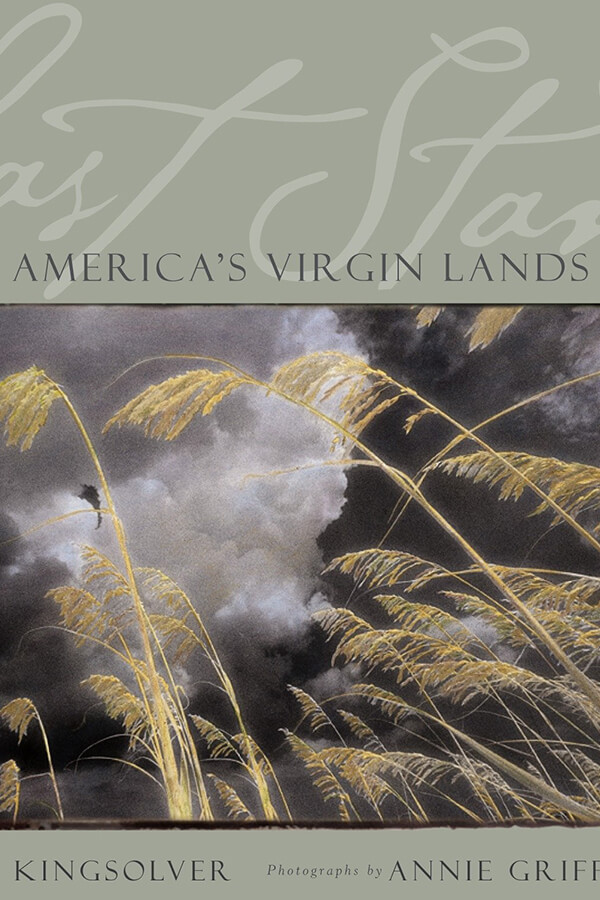Half a century ago, a professor in Wisconsin named Aldo Leopold noticed a little country graveyard, unusual only for its triangular shape. Looking more closely, he realized that an especially tight corner of the fenced cemetery contained a patch of grass that had never been mown, protected by the odd angle of the enclosure. That happenstance had meant survival for a small, living stand of the native prairie. When the cemetery had been laid out a century before, the surrounding grasslands must have seemed infinite and unconquerable. But in only a hundred years, their endless expanses had been conquered.
This book is an eloquent appreciation of America’s virgin lands, remnants of the once vast wilderness that have somehow survived. Widely acclaimed author Barbara Kingsolver and award-winning photographer Annie Griffiths Belt celebrate in both words and images those last stands of wild, untamed America.
Kingsolver extols and explains America’s natural domains—its wetlands, woodlands, coasts, grasslands, and drylands—and the pioneering environmentalists who worked to save them. These visionaries—William Bartram, Henry David Thoreau, John Muir, Aldo Leopold, and Edward Abbey—raised courageous voices in the wilderness long before conservation became a groundswell. Now Kingsolver joins their passionate chorus.
Belt’s remarkable hand-tinted infrared images and color photographs graphically illustrate Kingsolver’s descriptions of swaying, upside-down marsh-forests; of the filtered sunlight and flowering spring ephemerals of the woodlands; of the varied tapestries of coast habitats; of undulating plains of grass and the western canyons where the land’s mineral bones are bared.
“These are history’s small acts of grace, left to us as refuges of wilderness where once plentiful creatures survive in quiet scarcity,” Kingsolver writes. “Here, in these lost corners, are the reserves of species abundance and strength for a continent that once roared with wild grandeur; they are its swan song. This book is about them.”


